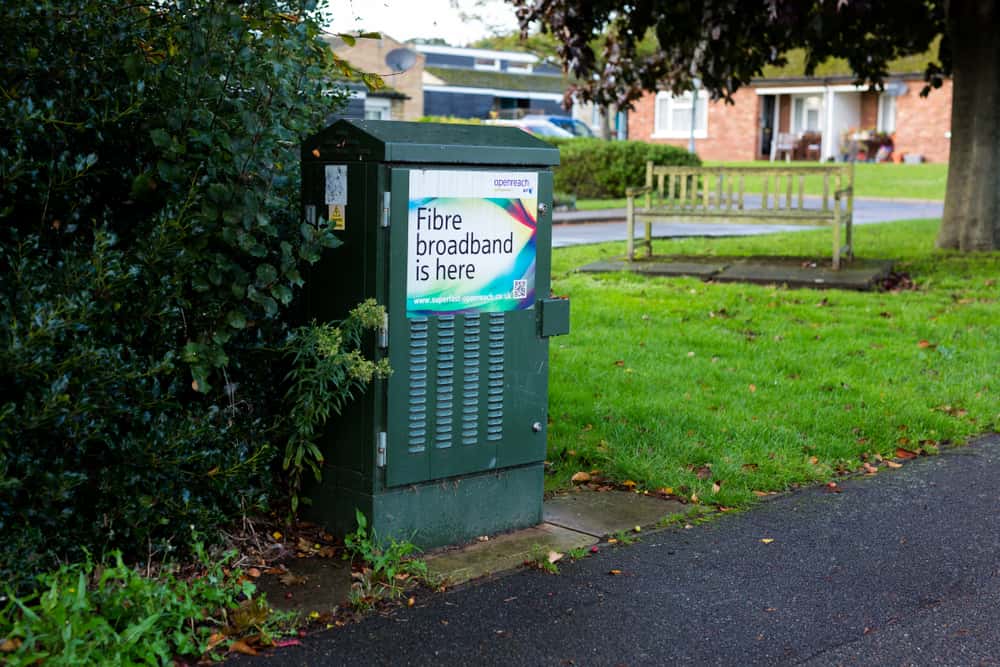The PSTN/ISDN Switch-Off: What It Means for Your Business and How to Migrate Smoothly
The UK’s traditional telephone network , the Public Switched Telephone Network (PSTN) is being switched off by January 2027. Along with it, ISDN lines (Integrated Services Digital Network) will also be retired.
For many UK businesses, this marks one of the most significant telecom changes in decades and one that demands action now, not later.
So what does this switch-off really mean and how can you ensure your business is ready for the all-IP future?
-
What Is the PSTN/ISDN Switch-Off?
The PSTN is the copper-based telephone network that has carried voice and data for over 40 years. It’s the system behind traditional landlines, fax machines, and legacy ISDN circuits.
However, maintaining this ageing infrastructure has become expensive, inefficient, and outdated. Today’s businesses demand faster, more flexible communication and that’s where digital, IP-based services come in.
Openreach, the network arm of BT, has confirmed that:
- From September 2023, no new PSTN or ISDN lines can be ordered.
- By January 2027, all existing lines will be fully decommissioned.
That means every business still using legacy voice or broadband connections must migrate to newer technologies, such as fibre broadband, SIP trunks, or hosted VoIP systems.
-
How Will This Affect Your Business?
If your organisation still relies on any of the following, you’ll be affected:
- Traditional analogue or ISDN phone lines
- On-site PBX systems that connect via ISDN
- ADSL or FTTC broadband that use copper lines
- Alarm systems, payment terminals, door entry and lift lines that rely on analogue lines
When the switch-off happens, those services will no longer function unless migrated to IP-based alternatives.
In practical terms, that means:
- Voice services move to VoIP (Voice over Internet Protocol)
- Connectivity moves to fibre broadband (FTTP or leased lines)
- Legacy systems like alarms or card machines need digital or mobile connections
The good news? The transition offers major opportunities to modernise and future-proof your communications.
-
Why the Switch-Off Is a Good Thing
While “switch-off” sounds daunting, it’s actually a positive step forward.
Businesses that migrate early are finding real advantages:
- Better call quality and reliability via digital lines
- Lower ongoing costs — no line rental or call charges
- Scalable systems that grow with your business
- Cloud-based control with remote working support
- Enhanced flexibility for hybrid or multi-site operations
In other words, moving from copper to fibre isn’t just compliance, it’s about transformation.
-
Your Migration Options
Here’s what the migration typically involves:
Step 1: Review your current setup
Start by auditing your existing telecom services. Identify every connection that still runs on analogue or ISDN, e.g. phones, broadband, alarms, lift lines, fax, etc.
A professional telecom audit (like Plum Communications provides) helps you see exactly what’s in use and what needs replacing.
Step 2: Choose the right connectivity
You’ll need reliable internet access to support VoIP and cloud services. Depending on your location and usage, this could be:
- Fibre to the Premises (FTTP): ultrafast and ideal for small to medium offices
- Leased Lines: guaranteed speed and reliability for larger organisations
- 5G or Fixed Wireless: great alternative where fibre isn’t yet available
- Where none of the above are available or viable its possible to use SoGEA or SoTAP which are provided over the existing copper wires. SoGEA is similar to FTTC and SoTAP is similar to ADSL although neither include voice which would be supplied as a separate IP service over the internet connection.
Step 3: Move to IP-based telephony
Replace your traditional phone system with:
- Hosted VoIP: Cloud-based phones managed by your provider and no hardware needed
- SIP Trunks: For businesses keeping an on-premises PBX and connecting digitally
Both options deliver flexibility, scalability and cost savings.
Step 4: Update dependent systems
Don’t forget devices like card machines, alarms, or door entry systems and these may need to switch to IP or cellular (4G/5G) connections to remain functional post-switch-off.
Step 5: Plan and test
A well-planned migration ensures zero disruption and many businesses choose to run both systems in parallel for a short time to test performance before full cutover.
-
Common Concerns — and How to Overcome Them
“Will we lose service during the switch?”
Not if you plan properly. With staged migration and professional installation, downtime is minimal or non-existent.
“Is VoIP reliable enough?”
Absolutely. With business-grade fibre connectivity and redundancy options, uptime exceeds 99.99%.
“What about security?”
Modern VoIP and cloud systems come with encryption, firewalls, and multi-factor authentication to keep data and calls secure.
-
Why You Should Act Now
Although 2027 feels far away, the migration process can take months, especially for multi-site businesses or those with complex legacy systems.
Leaving it too late could mean:
- Limited engineer availability
- Service disruption during the rush period
- Higher installation costs
- Business downtime when copper services are finally deactivated
Early movers, on the other hand, get priority installation, smoother migration and cost advantages.
-
How Plum Communications Can Help
At Plum Communications, we’ve been helping UK businesses modernise their communications for three decades.
Our PSTN switch-off migration service includes:
- Full telecom audit
- Tailored fibre and VoIP solution design
- Installation, testing, and user training
- Ongoing support and optimisation
Whether you’re a single-site business or have multiple offices, we make migration simple, seamless and future-ready.
-
The Future Is All-IP, Don’t Get Left Behind
The PSTN/ISDN switch-off isn’t just the end of an era, it’s the start of a smarter, faster, more connected business world.
By migrating now, your organisation can reduce costs, enhance productivity, and unlock the benefits of modern cloud communications.
👉 Act now to future-proof your telecoms.
Contact Plum Communications today for your free connectivity audit and migration plan.
Visit www.plumcom.co.uk or call us on 0161 622 3500.

